Go Magic — Secrets Behind the Magic
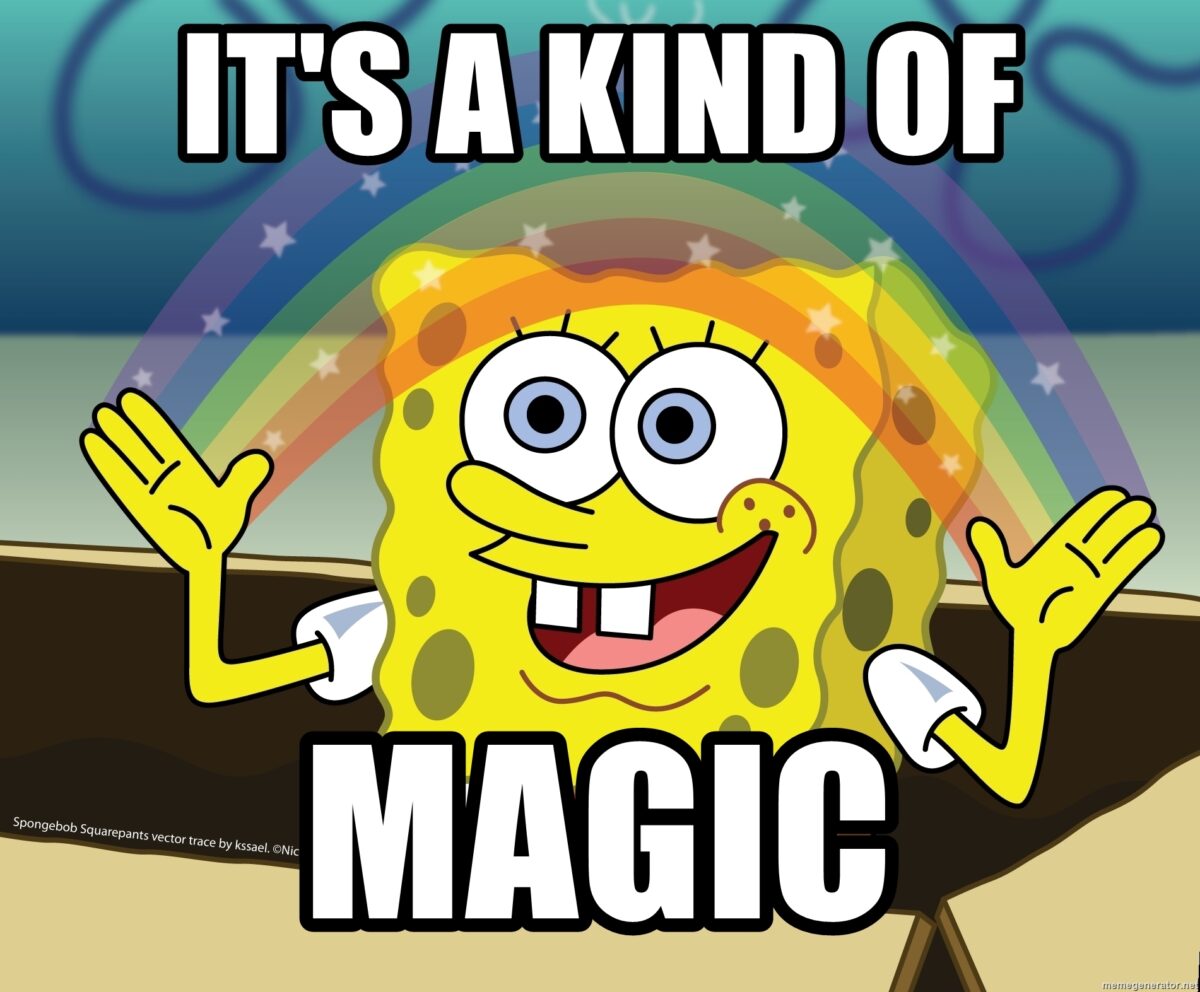
This article is for those who’d like to know more about the project founders and to see the way our “magic lab” works from the inside. This is the whole story there is — honest and without beauty filters.
By Anton Proskurin — the chief author, developer and cofounder of the project.

It’s been a year since we started the project and now we can say with confidence that it’s going to work. MVP is complete and systematic development lies ahead. This year wasn’t easy but let me start from the very beginning…
How It All Started
I had this idea a long time ago to create a big Go-related internet resource, maybe 10 years ago I tried to picture what it would be. Back then it was already clear that humanity was firmly treading down the path of developing internet technologies, every year we spend more and more time with computers and gadgets… and still there is no universal website dedicated to Go. Today, 10 years later, the situation hasn’t changed much.
I came up with the key concepts of our project when I was in Kaliningrad learning piano, then I opened a Go school there… don’t even ask me how all of that is connected 🙂
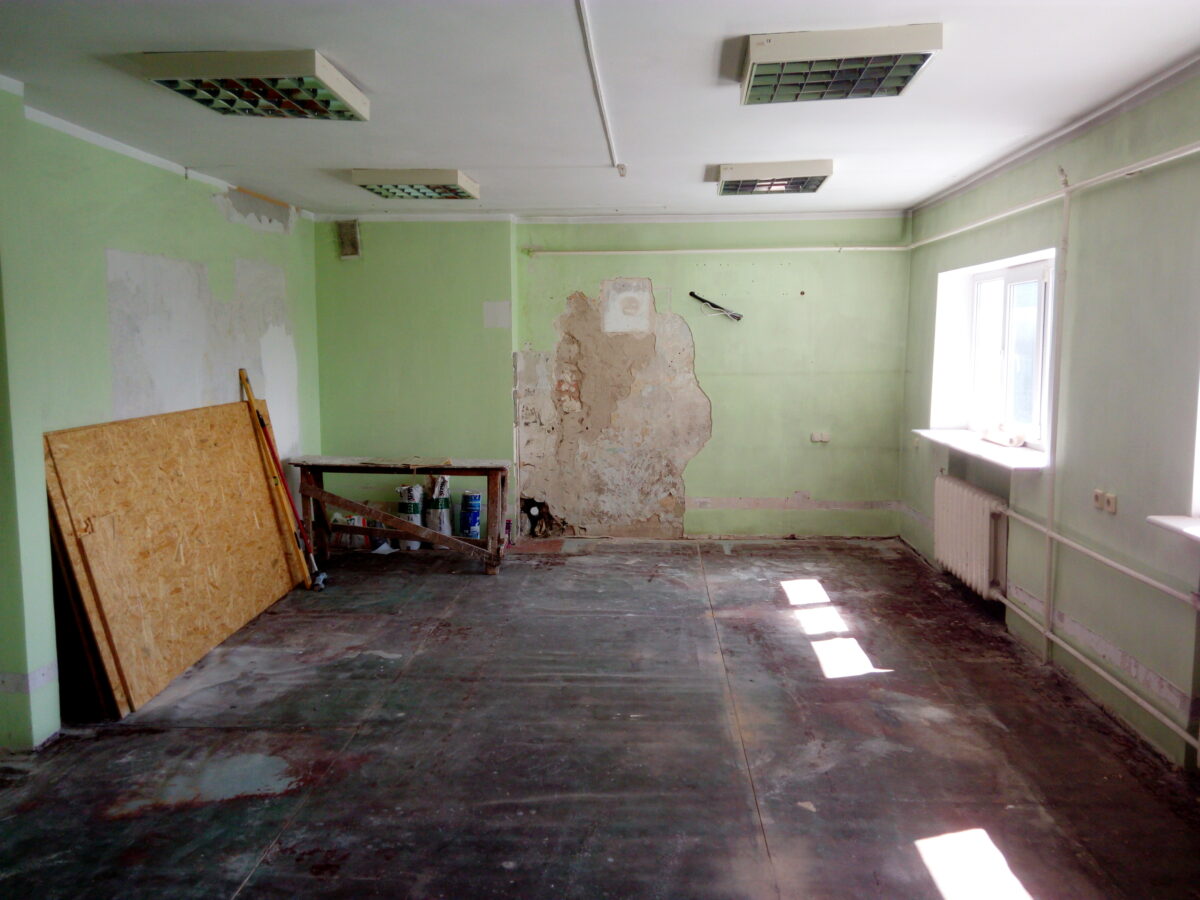

I wrote a series of detailed articles on the school and its creation in my Russian-language blog (just in case some of you can read Russian). To make it short, that was an incredible and rewarding experience. Not only did I manage to create a good school with 35+ students, not only was that a great place where one could play Go and other board games, but it was a financially successful business. That was my first entrepreneurial experiment, which led me to believe that commercial development was a lot more efficient than non-commercial one.
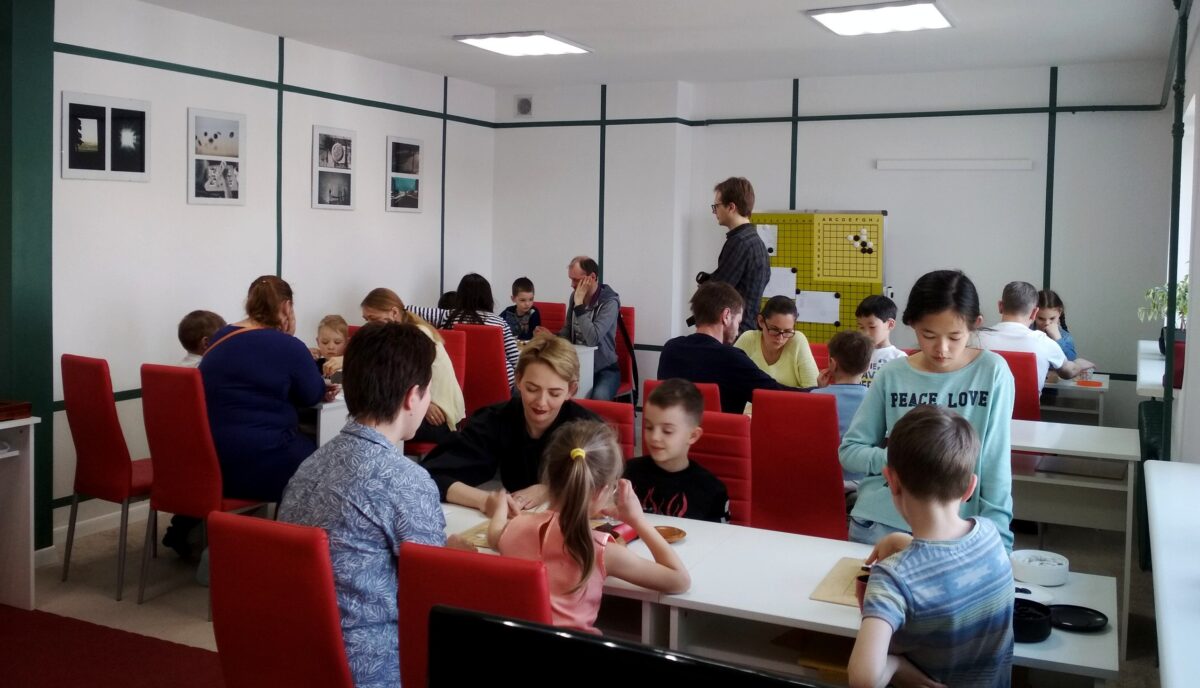
Private entrepreneurship is only now starting to develop and become popular in Russia. After 70 years of the Soviet regime, when all the enterprises belonged to the state and one could actually go to jail for selling cucumbers from their own vegetable garden, people lost any desire to create something of their own. Even today, 30 years after the collapse of the Soviet Union, the state sector of the economy is estimated to be 50–70%. That is really a lot…
In 2018 I had to leave my Kaliningrad school and came back to my hometown — Tver (a small city some 150 km from Moscow). I had to start something new. At first I thought I could replicate my Kaliningrad experience and create another school but then I figured it was time to move on and try to realize that old idea of creating an internet project.

The First Idea — Interactivity
While I was teaching Go (for about 5 years), I’ve had my share of “complaints” about the teaching process. The most significant one was the necessity to repeat the same things over and over. Especially the rules and basics of the game, it’s very tiring. So at the core of the new online project there had to be interactive courses. You make them once and they solve the repetition problem.
Go is one of those rare cases where art can be transferred online and teaching can be almost fully automated. It’s hard to imagine this sort of courses on piano or break dancing, for example. Whereas in Go it is possible to create a well-structured online learning process, especially with the development of neural networks today. When I was introduced to Go some 15 years ago, for a long time I played solely on KGS and learned everything online.
For kids it’s also more fun to play online and solve problems on a tablet. All of my meticulously created and well thought out activity books didn’t stand a chance against gadgets. And that’s hardly a surprise — everything is a lot brighter and more dynamic there.
The Second Idea — Gamification
As if the interactive courses by themselves weren’t good enough, my brain wouldn’t stop generating new ideas. A lot of them have to be put in the drawer for a while as we simply don’t have the time for everything. Some others we decided to implement right away — a game-based learning process, namely the skill trees.
When I was getting prepared for the project I dived into the world of video games to learn more about modern gamification ideas. In my childhood I played lots of video games (I was born in 1990). But after I started playing Go all of those games somehow went into background mode. So now I had to take a deep plunge into all that once again 🙂
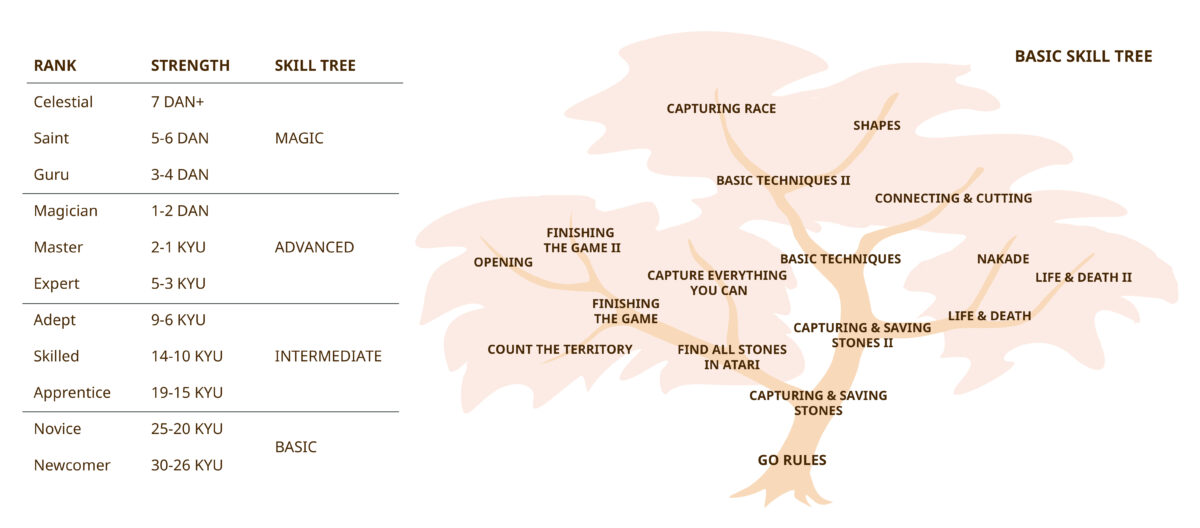
Apart from XP points and crystals which really help to keep one’s interest level higher, I was especially fascinated with the concept of a skill tree which is used in RPG games a lot. This could be applied to Go!
Later I saw a similar idea in Duolingo, the language learning app. They use both gamification and a system of skills — that’s a good reference point.
The Quality Guy
When my ideas started to form into a single whole, it became clear that I couldn’t possibly manage all that on my own — it was at least a couple of years worth of work there. I needed someone to help with that
For starters I called my old friend Vadim Efimenko. He was living in China at the time but he was planning to come back to Russia for a few months to see his friends and family and move on to some other country next. He is a bit of a “language nerd”, living in different countries and learning languages. A while back he and I played Go and ran a Go club together in Tver. And it’s just one of those cases when I’m especially grateful to the game for having introduced me to this great person!
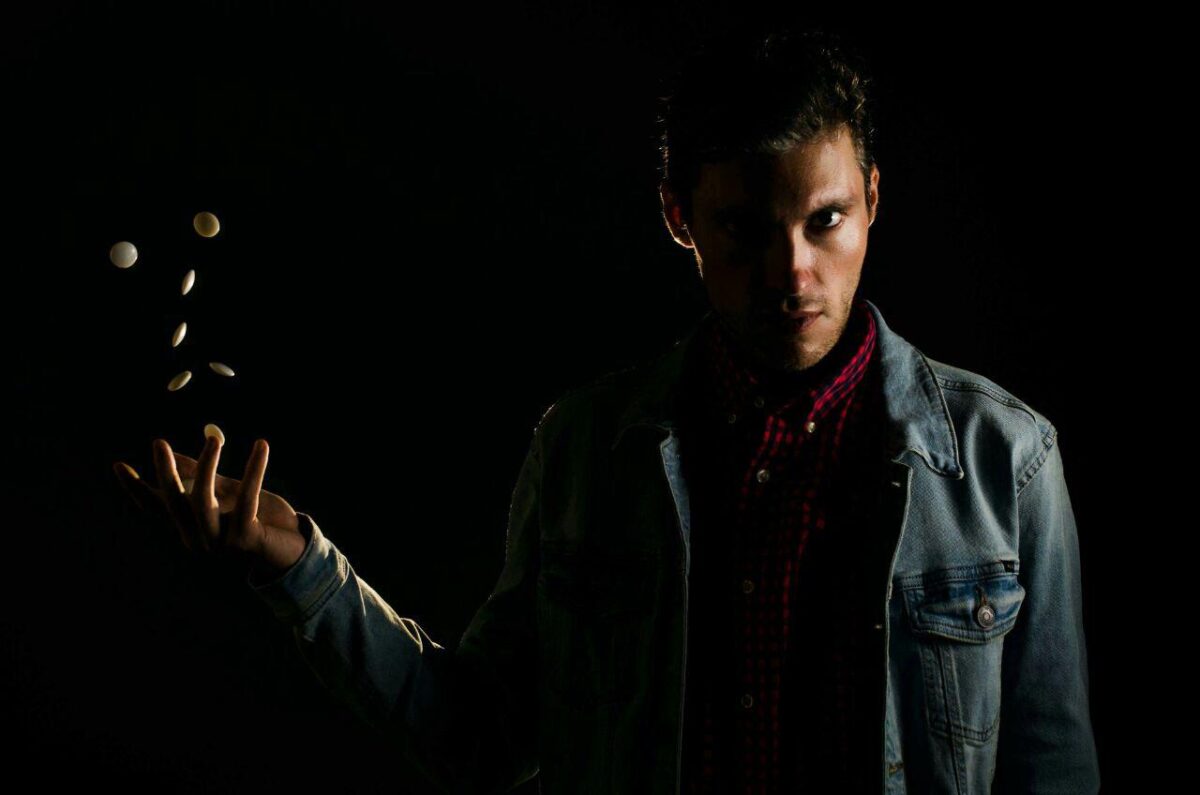
Vadim speaks English fluently, he knows a lot about Go and he is really good at explaining things and telling stories. I knew that we could make a great project together both in Russian and English. I might have been having some doubts about this project in Russian but clearly not in English.
Vadim was quickly convinced and joined the Go Magic team. We had arranged to film a few courses while he was in Russia, however… when we started filming it turned out that two months really weren’t enough for that 🙂
The problem was that Vadim had very high requirements for the content quality. My idea of using a phone to film lessons was brushed aside immediately. We had to get a camera, studio lights, a backdrop and generally change our attitude toward quality. In the end it was a unanimous decision: there are many online video lessons about Go, but most of them are either low-res or just screencasts. We didn’t want our lessons to join those ranks, so we decided to raise the quality bar as high as we possibly could.
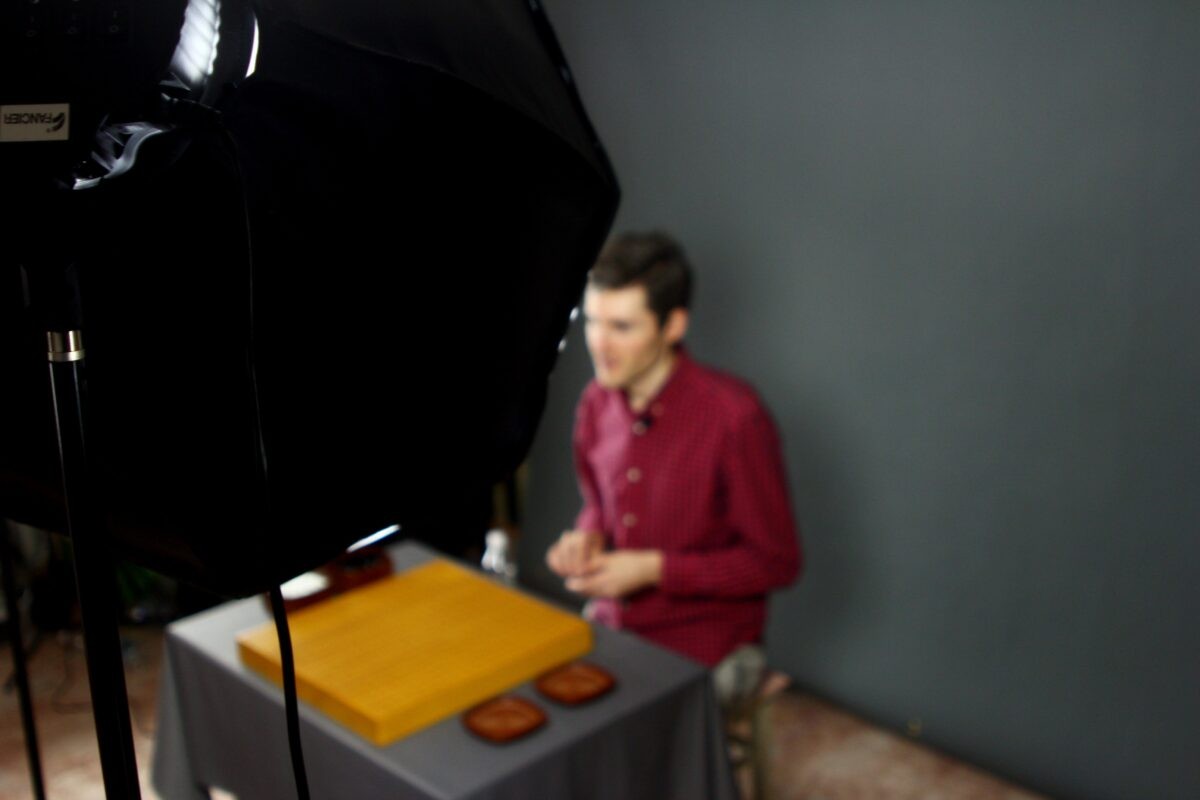
And that is entirely Vadim’s accomplishment. You can never imagine how meticulously he prepares for each little video. Everything is carefully measured and considered. That’s how we get our release quality. I hope you noticed that 🙂
Expectations vs Reality
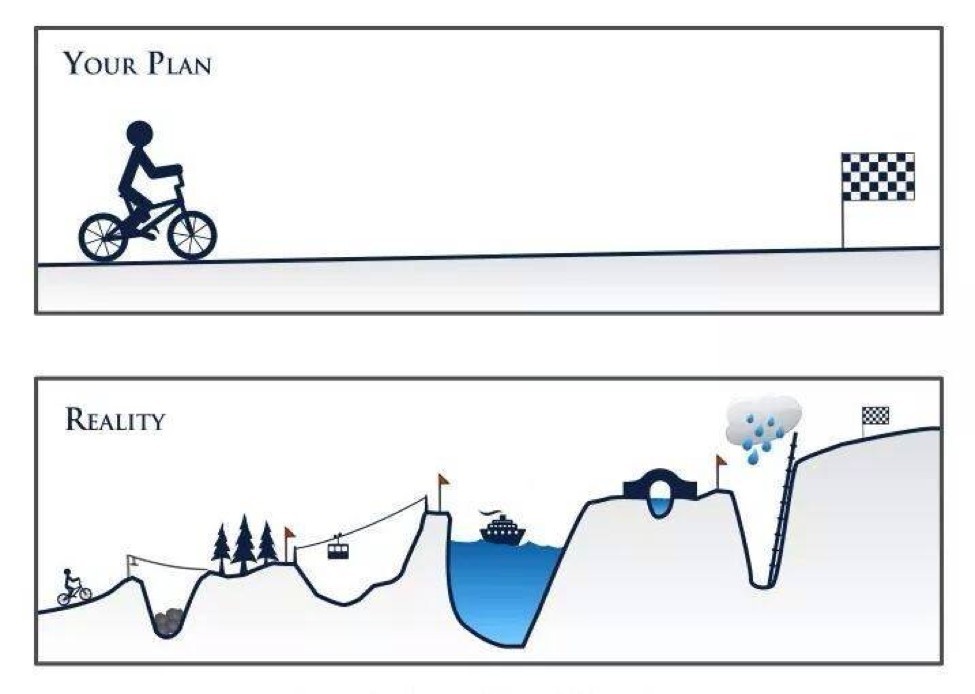
When Vadim and I started working on this, after we saw how long it took to plan and film just one video, it became apparent that it was going to take at least a couple of years. First we decided to make a website to tell everyone about the project and our ideas so that anyone could join our team or support us financially. We were expecting a line of like-minded people and helpers, as it was clearly very hard to create this whole thing with only two people on board. It had seemed to us that these fabulous ideas and this incredible project would attract a lot of talented people…
It was all the more surprising that 4 months after announcing the project nobody really joined us. Surely there were some people who wrote to us and offered help but they were either very busy and they didn’t really have any time to work on the project or not very competent — in the end they did more harm than good. So up until the first beta version release there were just the two of us.
Money First, Talk Later
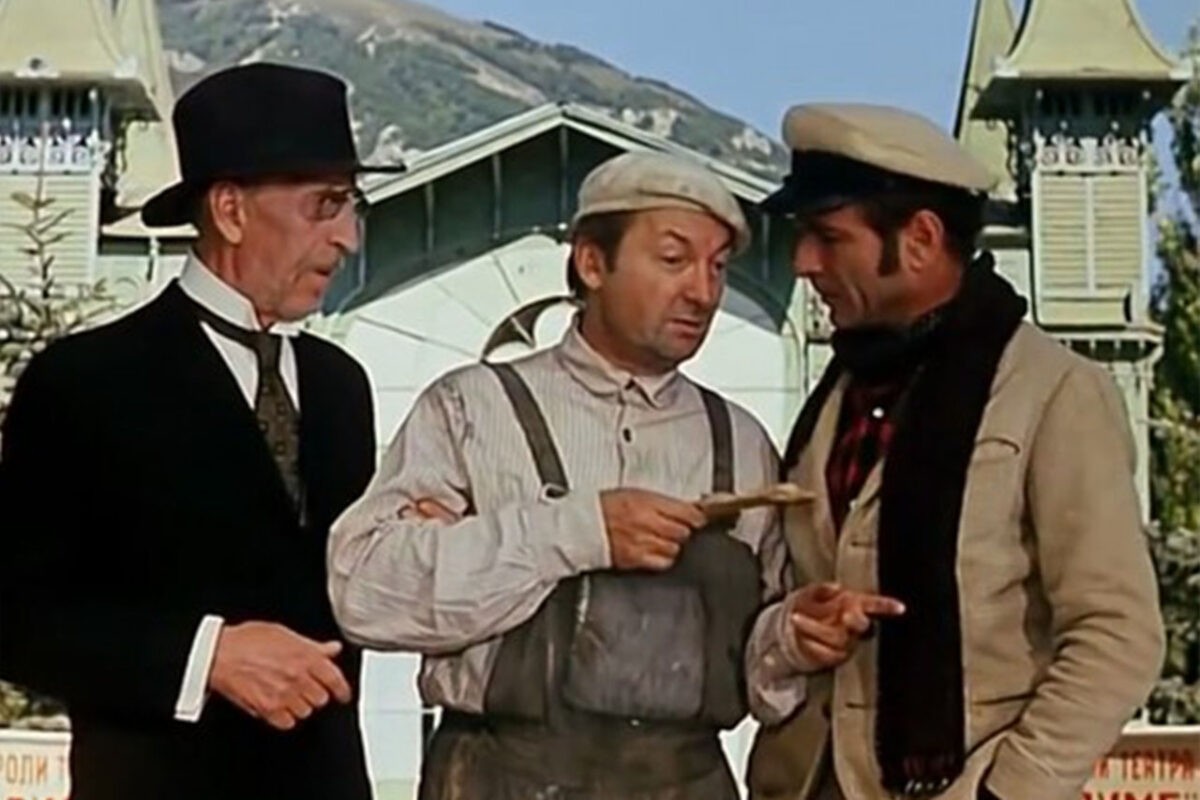
We deliberately chose a commercial way of development because
- we don’t want to depend on sponsors and go begging for money
- this is more efficient, as it motivates one to work faster and better
We want the project to eventually become self-sufficient, so that it wouldn’t only feed itself but also help other interesting undertakings.
However we often encounter a very skeptical attitude toward our project, people say things like “yeah right, you’ll just take my money, do nothing with it and — poof — you’re gone!” I don’t really know where these ideas are coming from, but we get a lot of messages like these and this doesn’t really keep up the spirits here nor does it foster project development.
Our reply to this is simple. If we really wanted to make money only, we would be doing business with anything else but not Go. At the same time this project does have potential, it can become profitable in the future but tremendous efforts are required for that!.. And we probably can’t manage without your help.
How Much Do You Make?
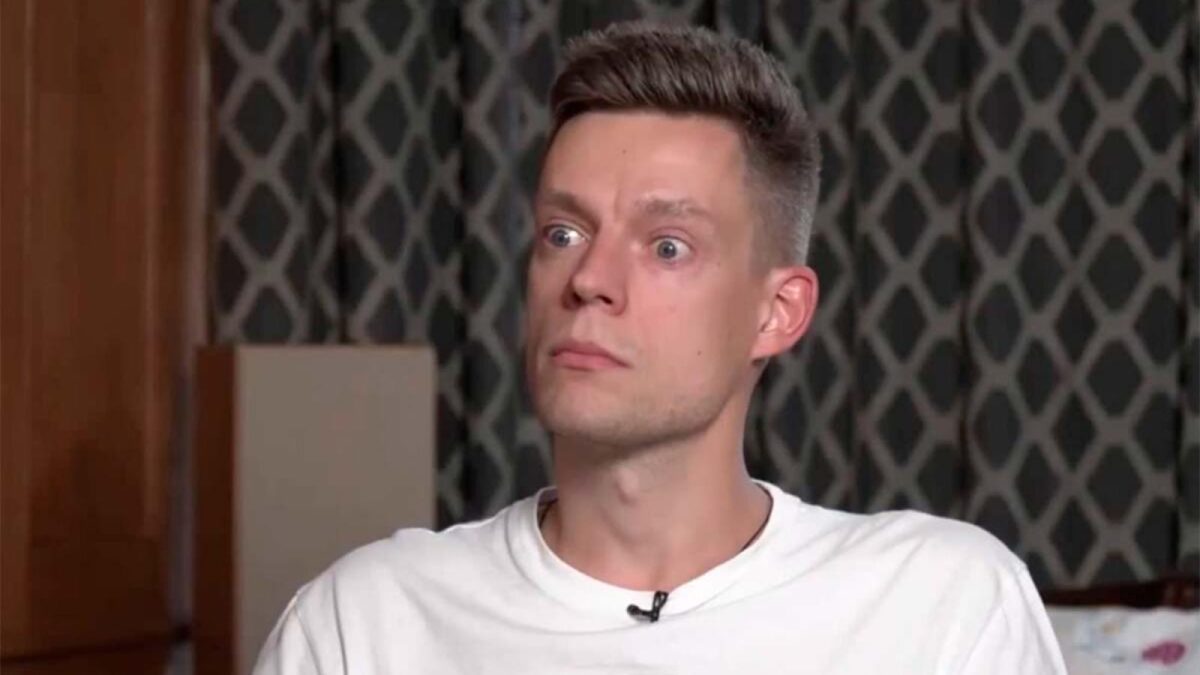
This is no secret — almost nothing 🙂
During the entire website development period (before beta launch, Summer 2020) more than 50 people supported us by purchasing memberships for a total of $2000. Surely this amount of money doesn’t solve all the financial problems (we have to do some freelance work while working on the project), but this could cover the expenses of buying some equipment and paying some of our helpers and teachers. Now that the MVP is complete it will be easier to grow. Our next goal is internal financing.
Thanks a lot to everyone who believed in us and supported us at this early stage! Any help gives us more energy to keep on moving forward and inventing new features.
The Meme Expert
Before the beta launch I had to single handedly perform many different tasks. The most energy-consuming ones were web development and video editing. And I could hardly be considered a pro in either of these areas, so I had to do it and learn at the same time. One day I said: “Enough is enough! It’s time to find a video editor at least.’ At that time we had a bit of extra money so we could afford to hire someone.
Finding the right person is no easy task. At first we got scammed by a guy who had a decent portfolio, did a test task well and then disappeared with the money. Luckily we managed to get most of it back. It was quite an unpleasant experience but at least we learned something out of it.
Our next candidate was Mikhail Bormin. He performed really well and it turned out that the three of us had a lot in common. Among other things he is also into photography like us. Unlike us he does it professionally. I really like his photography style. If you are curious I suggest you take a look as well — Mikhail’s photos
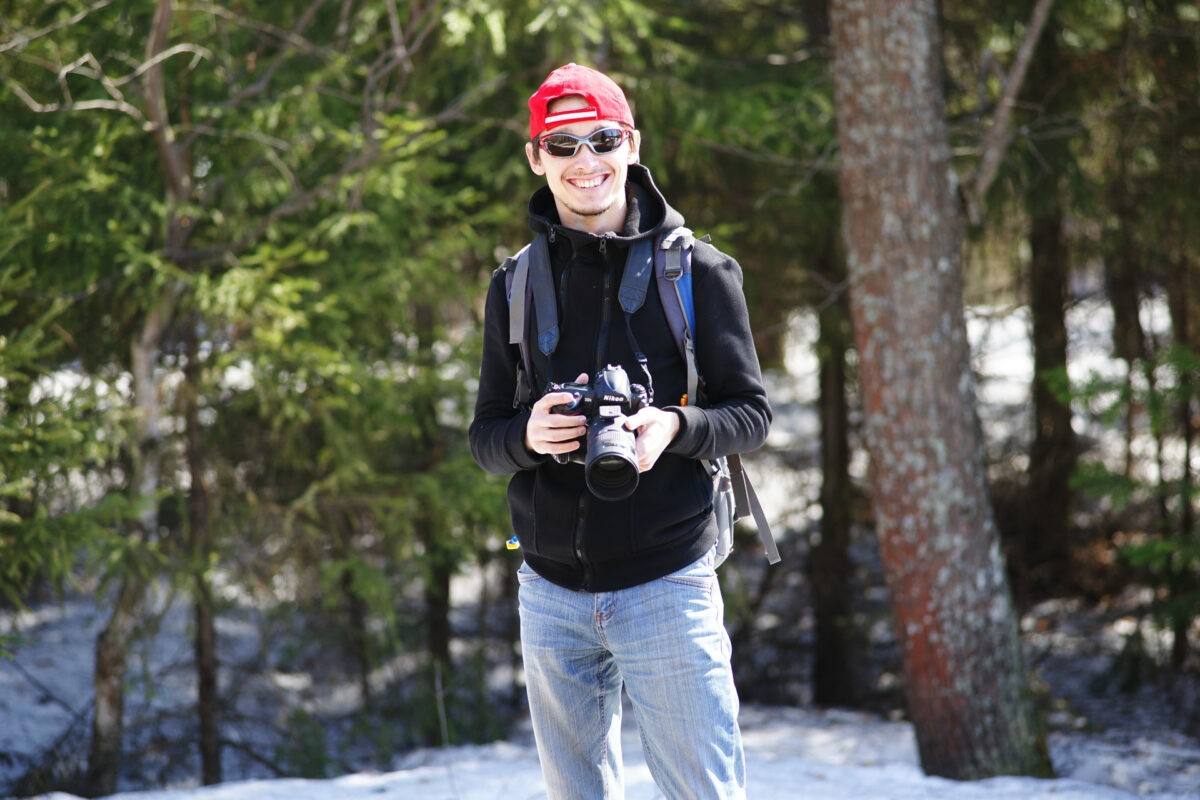
Mikhail became part of our team and now he edits videos, makes up hundreds of memes and also generates new ideas for the project.
At the moment there are 5 people on our team. Apart from the photographers’ trio, there is Kseniia Lifanova (creating Go problems) and Elena Vanina (making subtitles for the videos).
The Pandemic
That’s one of those cases when the right direction was chosen instinctively 🙂
We got lucky. An offline school wouldn’t have made it through the pandemic. The situation in the world is quite unsettling and the number of people who would be willing to invest in such a developing project has become significantly smaller.
Ironically, even though Vadim left China before the start of the pandemic, he and I both lost our smell at some point. There was no official confirmation that it was covid though (the tests were negative).
And generally our government seems to have a rather peculiar attitude to the pandemic. It is best described by the following joke:
— How do we stop the second wave of coronavirus?
— We need to promptly set the date for state elections, or better yet presidential elections. The wave will hit the date of elections and disappear.
Our Failures and Oversights
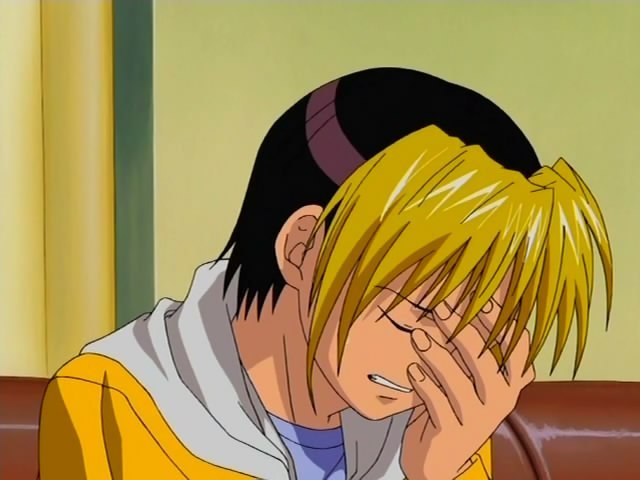
You can’t do without them but it’s important to analyze them and carry on.
We’ve been receiving a lot of criticism about our speed of development. It’s hard to disagree here but there is an objective reason for that — we are a small team and… we are not robots. But our mistake was the original decision to make the project bilingual from the start. It seemed at the beginning that it would require 20-30% extra time but it turned out to be more like 100%. It would have been more correct to do everything in English first and add other languages only after the final release. So right now we stopped filming videos in 2 languages at the same time in order to speed up the process at least a little.
Another similar problem is that we often overestimate our capabilities and resources. That means frequent changes to our roadmap. It is more important to focus on 1-2 things only and complete them before moving on to something else, not to bite off more than we can chew. Right now we aim to focus primarily on interactive courses and the skill trees. These two will be our main products and everything else will follow.
That’s it for the big mistakes. The rest was just minor setbacks, often because of inexperience. Experience invariably comes with time and everything will run smoothly.
WordPress? Really?!
This little chapter is for those who are interested in technical detail. If you don’t understand what it all means, you are welcome to skip this part.
Some programmers criticize me for making a big project like this one on wordpress. But let me explain.
First of all, don’t worry, I’m well aware of all the drawbacks of this framework. Yes, it’s not very convenient and yes, it’s quite slow. It can hardly be called a professional solution. But it is perfect for testing and creating MVP. I spent a long time choosing the right development stack and I chose WP for a number of reasons:
1. Development speed. When it became clear that I would have to do all the coding by myself, it was no time to be picky — I couldn’t allow myself to drag it all out for a decade. Many of the things I needed are already done in WP, for example LMS for interactive courses. Creating the LMS from scratch would have been a luxury I couldn’t afford.
2. I had some prior experience in WP development which could significantly speed up the development process.
3. It will be necessary to do it all over again in 5 years’ time anyway. I’m sure that in a few years the platform will require a general upgrade. There will be other more efficient development frameworks and tools. And hopefully we will have a bigger team of programmers then. So it’s not so crucially important which tool to choose right now, as long as it’s fast. An average WP limit is around 100k active users and we are currently far from that.
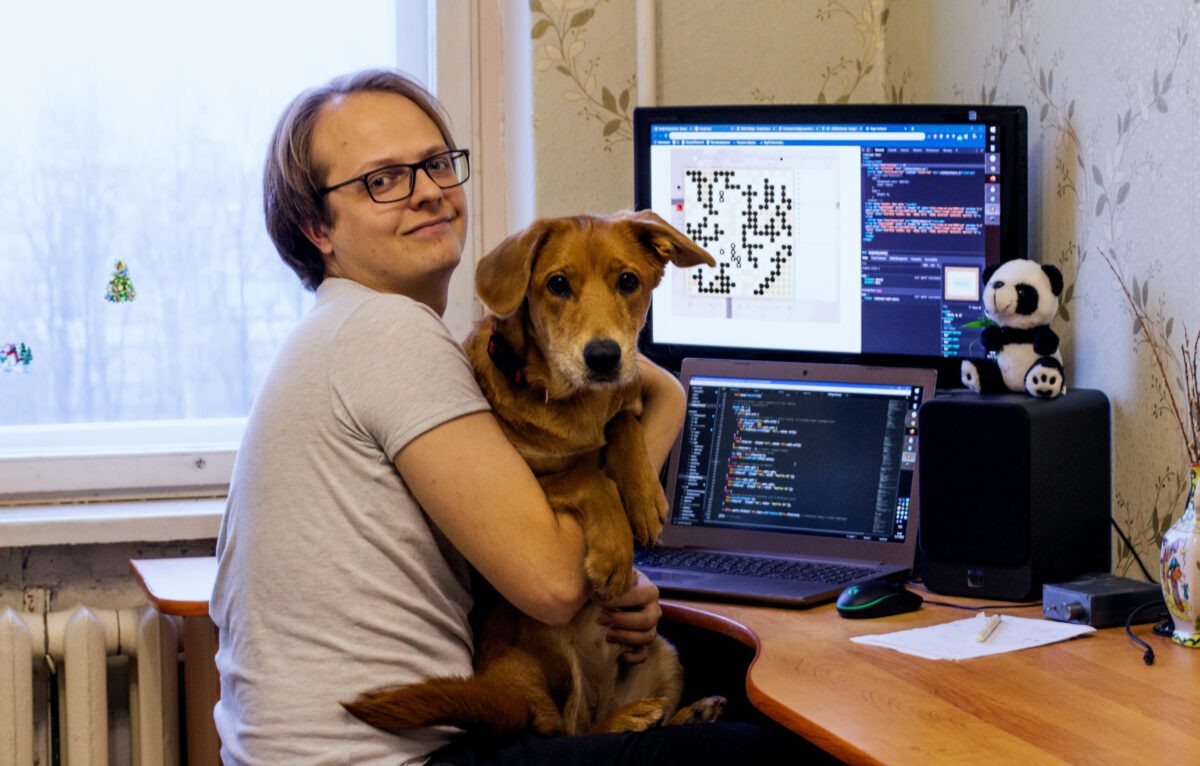
The most precious thing that I’m working on at the moment is a web board. I’m making it on Vanilla JS, SVG graphics, so it’s quite fast and it can be built in anywhere. All of the existing web boards are not suitable for our project so I had to learn a new language quickly (I hadn’t programmed anything on JS before) and make a new board. It came out good.
At the same time I developed a new format for storing games — KIFU (ex JGF), and it is supposed to replace the old-fashioned SGF. Right now there is no time or need to publish the specs of the new format. But one day I’ll surely do that. I wrote about the new format in more detail here — Link to Facebook.
What About Children?
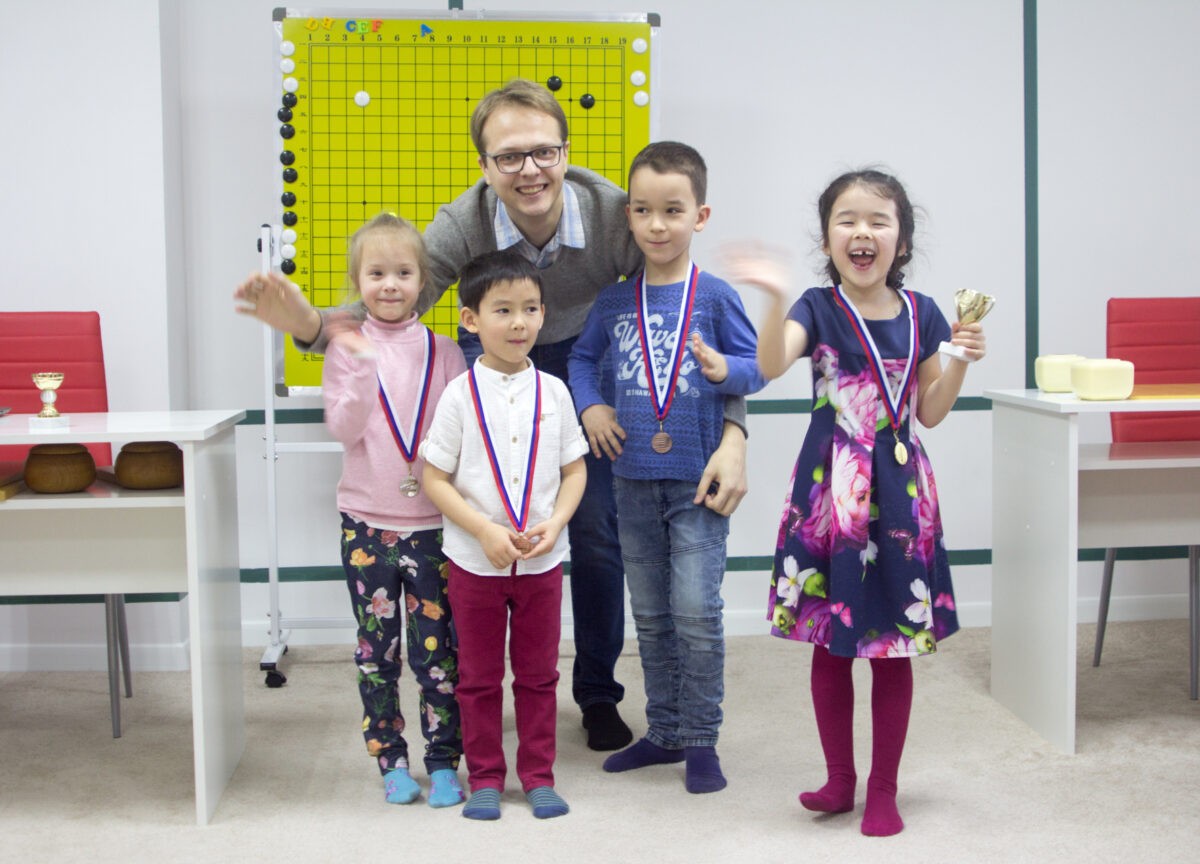
I like children and I understand the importance of making Go popular with kids. And yet we intentionally decided to make the project for adults first. The thing is that in my experience if children’s parents don’t play Go and/or are not interested in the game, the kids will also quit learning it very quickly in almost 100% of cases. And their achievements are lower than those of the children, whose parents also play Go. Other successful Russian Go teachers, like Guzel Surma and Valeriy Pischalnikov seem to confirm this idea.
So it’s important to teach the parents first. When the children see their interest, they will want to start playing themselves. That’s the principle we’re building Go Magic on — adults first, children later. As a matter of fact our courses are quite simple and children can understand them as well (we’ve had this tested).
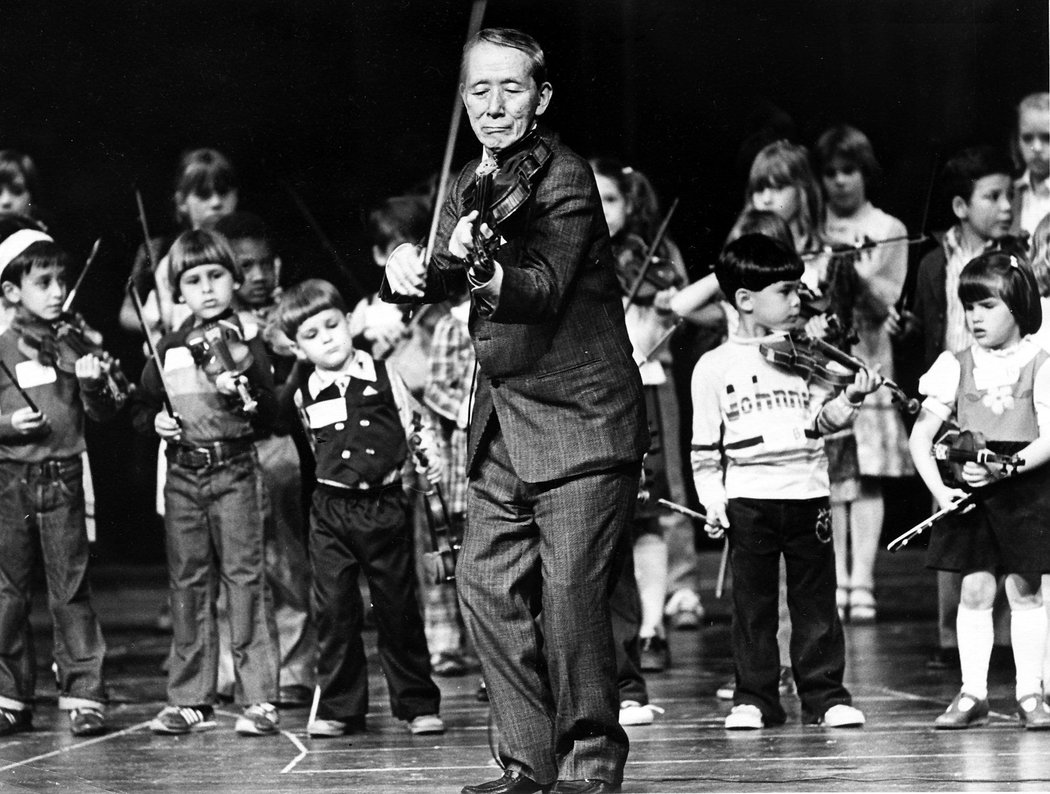
The most prominent advocate of the “parents first” principle was a Japanese violinist and teacher Shinichi Suzuki (1898–1998), whose approach to teaching I find reasonable and elegant. He opened one of the best music schools in the world and created his own teaching methods, which he explains in his book “Nurtured by Love”. The book is truly captivating by the way, I highly recommend it.
Suzuki writes that when new children were brought to his school, he would teach their parents for the entire first year! The children merely attended the parents’ classes. And only after a child asked the teacher: “Sensei, I want to play like my Mom”, only after that did he start teaching them.
The Person Who Made It Possible
In conclusion I’d like to say a couple of words about a wonderful person. My wife Olga. This project became possible only through her patience and understanding!
What other woman could tolerate me, the state of being broke and yet unswervingly believe in the success of this undertaking? Only a perfect woman! Olga, all of this is thanks to you!
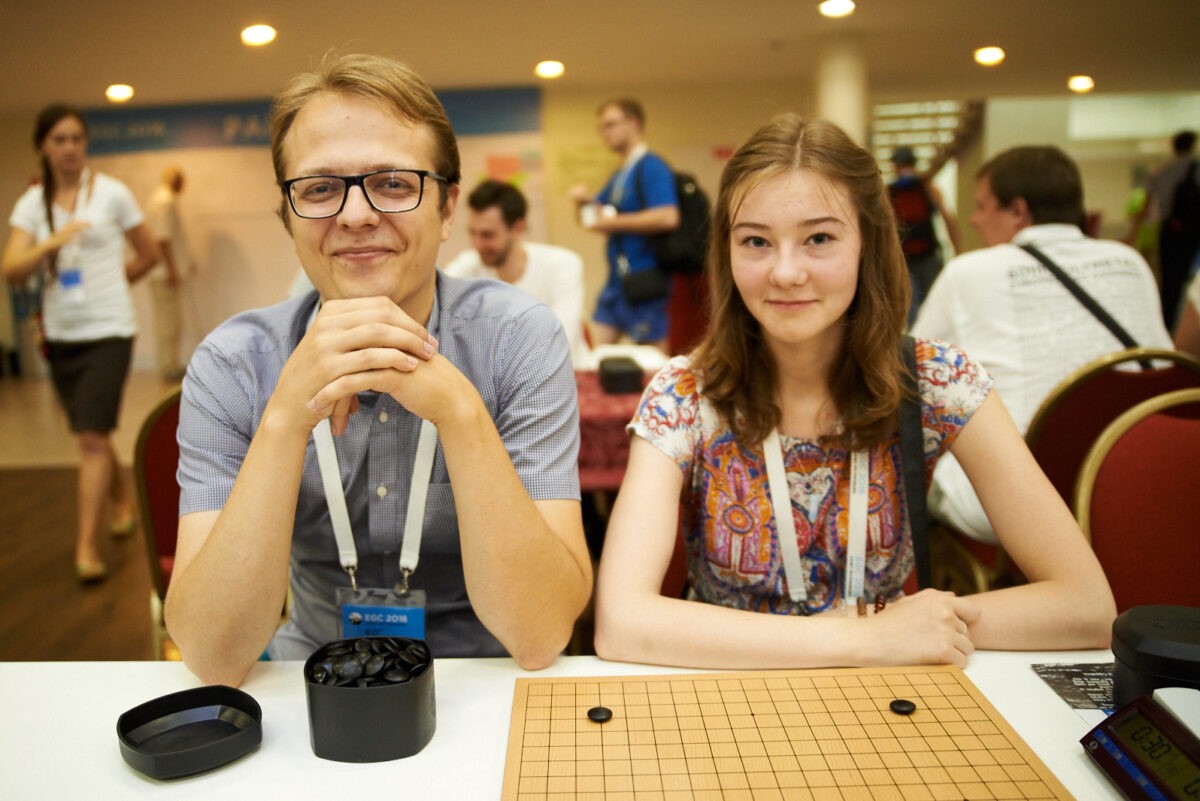
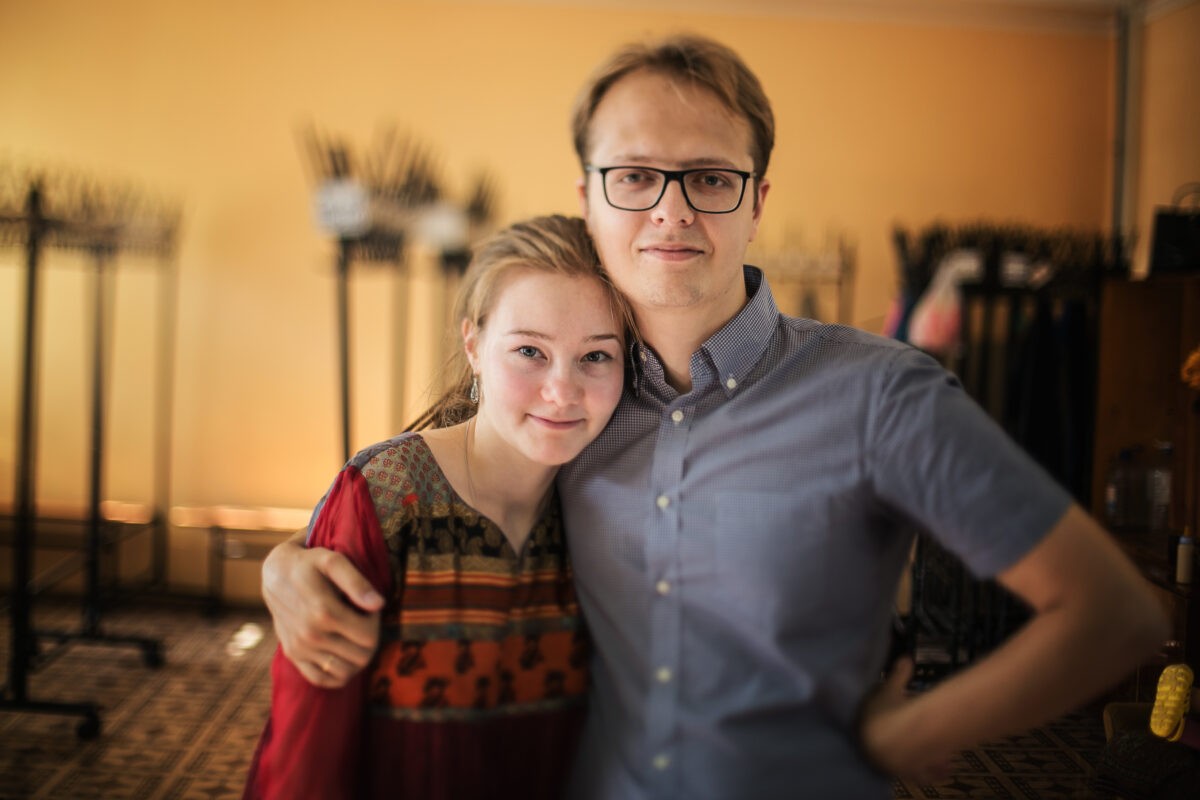
The article was translated from Russian by Vadim Efimenko
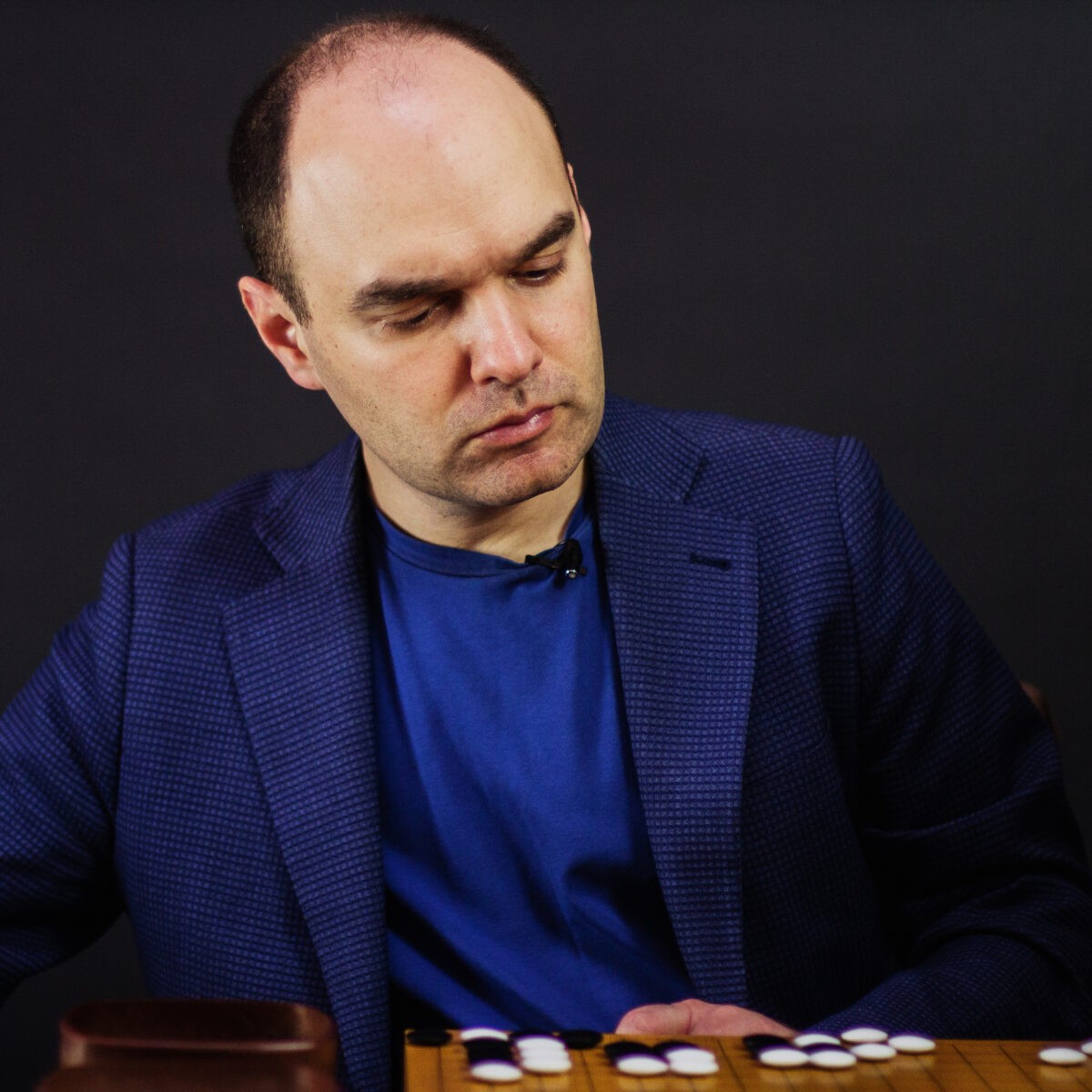

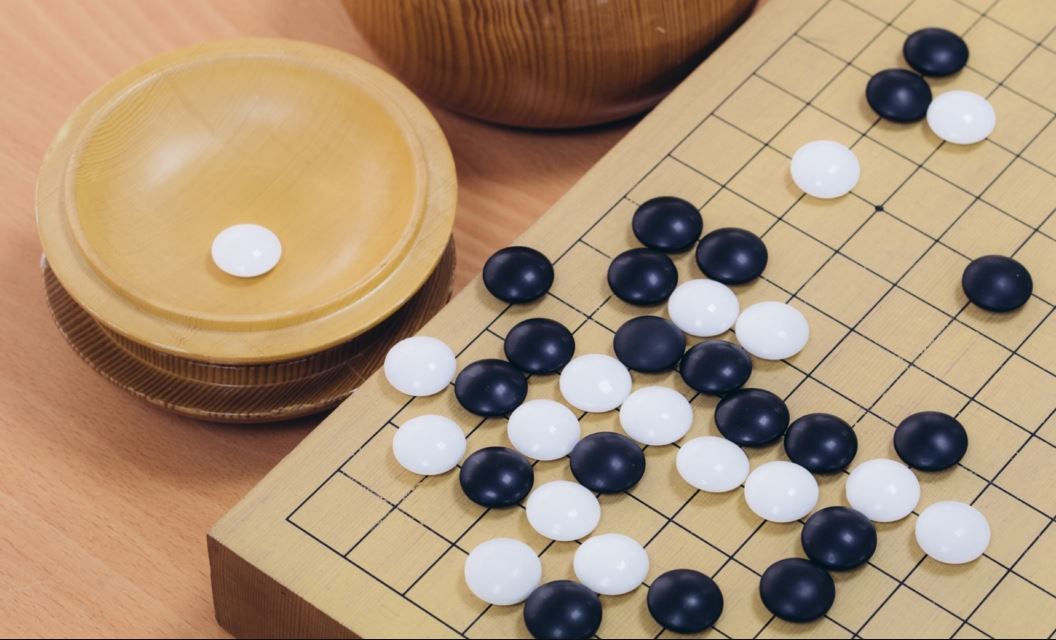
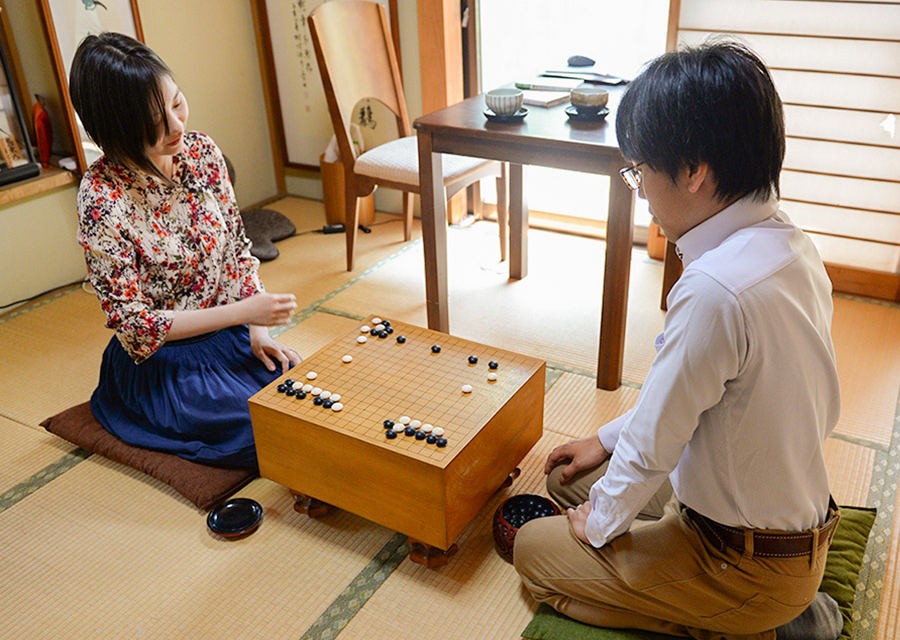
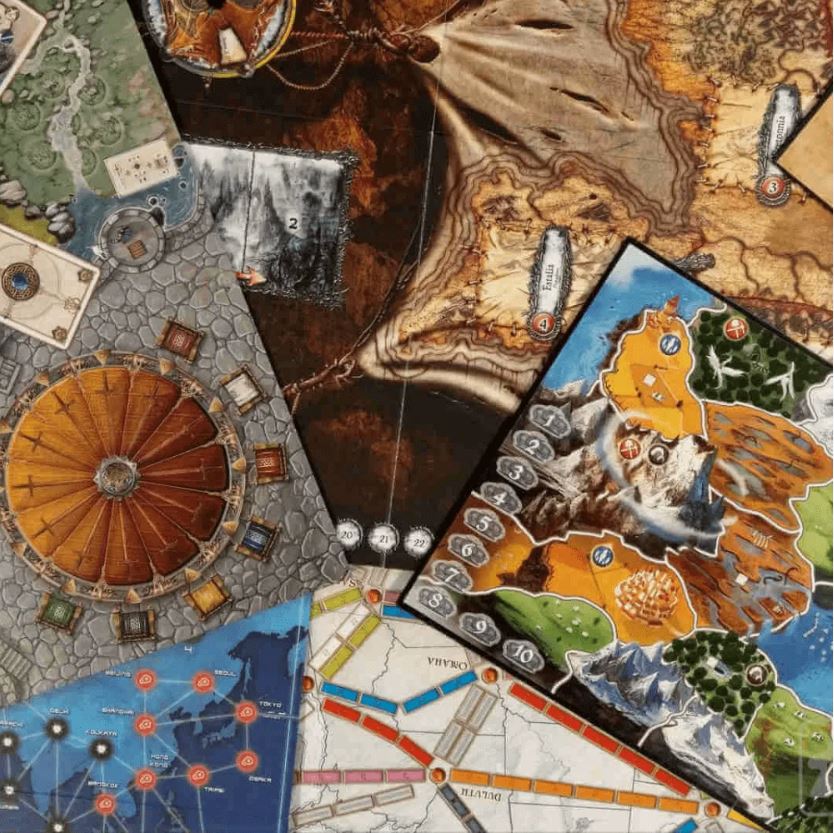
Thanks for sharing your origin story. A true entrepreneurial inspiration!
Million thanks to Olga!
Thanks for the background. This is certainly a labor of love and you all have put quite a bit on the line. Wishing you much success.
Thanks for all this background information. It makes the site and everything around it even more interesting and likable.
Amazing story, reading it in 2024, 4 years after it was published feels different. The platform is so refined and full of valuable content. Keep it up!